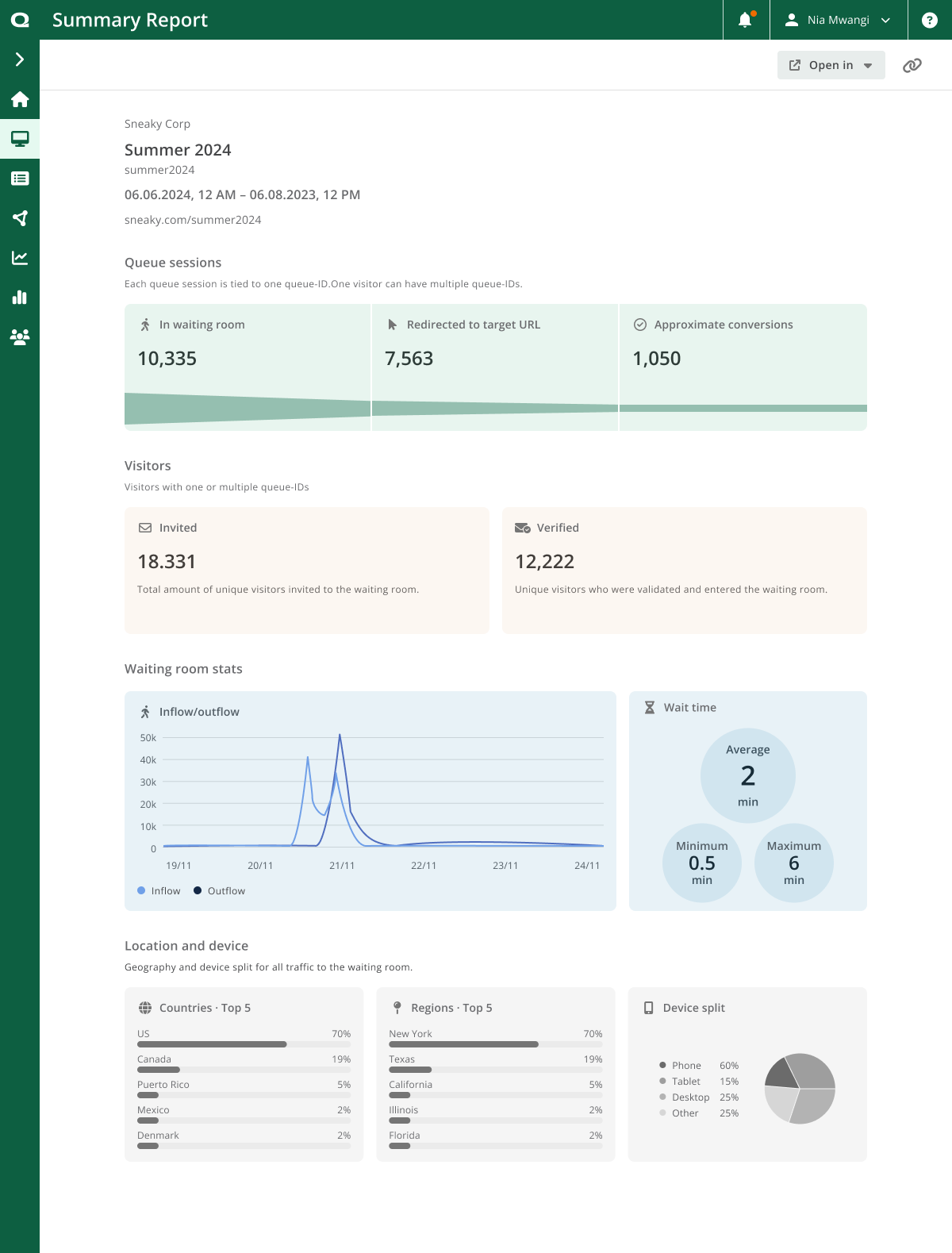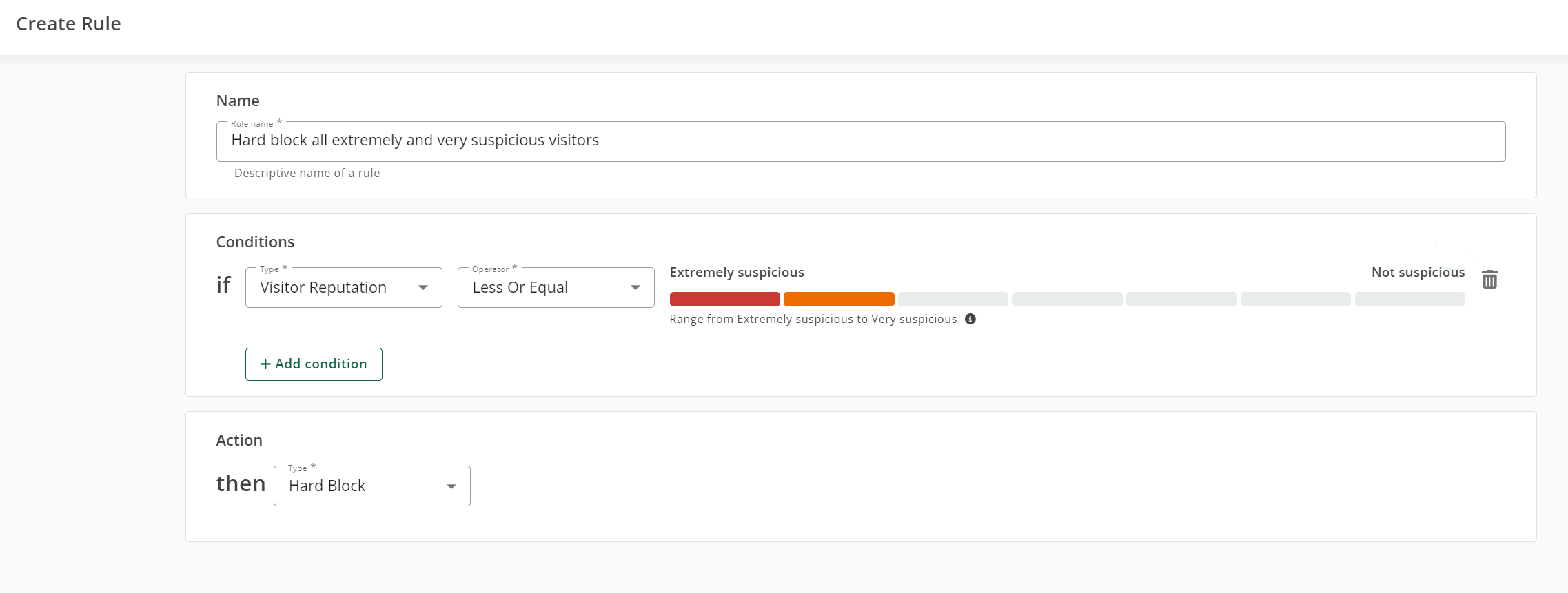What’s new in Queue-it: October 2024

Discover the latest features and product updates to ensure you’re making the most of Queue-it. This quarter you got two new Connectors, an invite-only summary report, a redesign to Traffic Access Rules, and more.
Queue-it now offers v4 Connectors for Google Cloud and Tencent Cloud, giving you two new ways to integrate at the edge, and 28 integration options in total.
The Google Cloud Connector uses Google’s Service Extension edge extensibility product, and we’re proud to have been among the first tech partners selected to go live on Google Cloud Service Extensions.
The Tencent Connector uses Tencent Cloud to integrate a Tencent protected WebServer with Queue-it, leveraging Tencent’s EdgeOne product.
These new Connectors highlight our focus on edge computing integrations that bring you benefits like faster integration, quicker troubleshooting, improved performance, and enhanced security. Read more about our focus on edge computing here.
For customers with Traffic Insights & Reporting - Premium, you can access the new Summary Report directly from the waiting room Monitor. Share the report link easily, and keep stakeholders informed with just one click.
This new summary report for invite-only waiting rooms gives you a clear visual overview of key performance metrics. You can easily evaluate and share metrics like invited and verified visitors, inflow and outflow from the waiting room, and queue time stats. Plus, see how many visitors moved through each stage of your sale with the Queue Session Funnel.

When creating your invite-only waiting room, you can choose from two ways to verify invited visitors: email authentication or custom verification.
With email authentication, you upload an email list of your invited visitors that Queue-it will cross-check visitors before letting them enter the waiting room. In addition, you can strengthen security by choosing to enable two-factor authentication (2FA).
With custom verification, you upload a list of unique identifiers (like promo codes, member IDs, or ones randomly generated by Queue-it) that work as access keys to your event. Your visitors will use a link embedded with the unique identifier and proceed directly to the waiting room. If it’s easier to share one general link, for instance in a large email campaign, you can do that and let visitors enter their code to gain access.
Either way, you’re in control, ensuring a truly exclusive sale while clearly tracking who joined the sale and who didn’t.
Based on customer feedback, we redesigned the settings for rules using “Visitor Reputation”. “Visitor Reputation” is a trustworthiness score from 1-100 assigned by Queue-it’s Anomaly Detection algorithm. The lower the number, the more suspicious we deem the visitor. You’ll now select the reputation categories for visitors you’d like to challenge, hard block, or allow to bypass the queue.
Customers on Bots & Abuse – Basic can choose from three reputation categories to challenge visitors or let them bypass the queue. Customers on Bots & Abuse – Premium have seven options and can also hard block visitors.
Remember: “Visitor Reputation” is just one way to segment visitors in our powerful Traffic Access Rules. You can segment on IP address, HTTP header, data center traffic, and more choose whether they should be challenged, blocked, or allowed to bypass the queue.
You can find more documentation on Traffic Access Rules and the visitor reputation categories in our Support hub.
Customers on Bots & Abuse - Basic

Customers on Bots & Abuse – Premium

Our R&D team is hard at work building creative new ways for you to make the most of Queue-it. Keep an eye out for updates around single sign-on (SSO) for the GO Queue-it Platform, summary reports for scheduled waiting rooms, and more.
